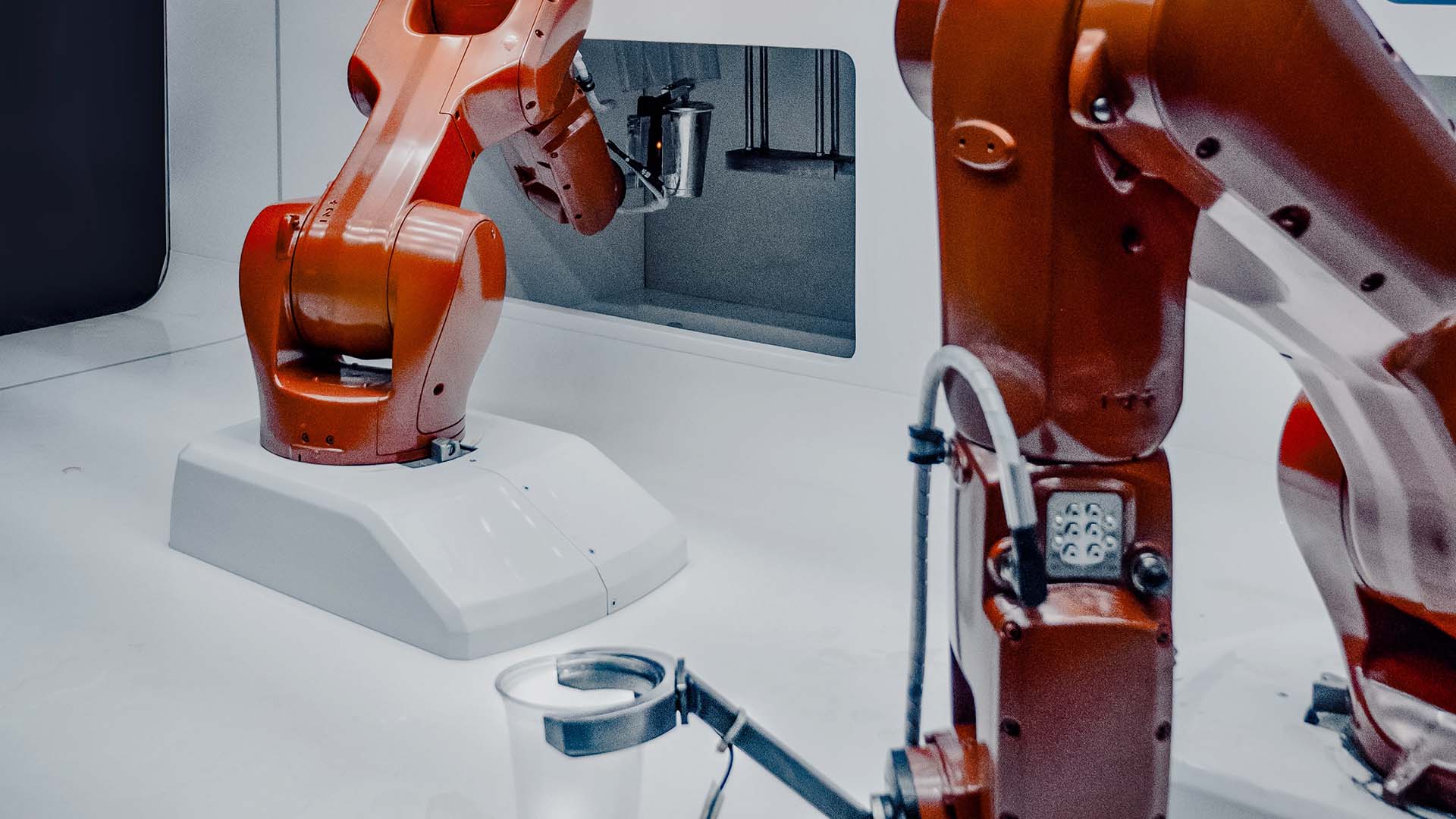With the lingering effects of the pandemic still shaping how (and where) we work, many businesses are thinking hard about the future and what it holds for their employees. With some businesses going back to physical offices and others exploring hybrid options, automation has presented itself as a critical component for rethinking business plans.
But how do you know if automation makes sense for your business? In this article, we’ll dive into a few critical components that underscore the big picture of automation to help you weigh whether it’s the right option for you and your team.
Robotic Process Automation
Robotic Process Automation (RPA) can eliminate mundane tasks, freeing up time for more strategic or critical processes. RPA was an early player in the world of automation and is the foundation for intelligent automation and hyperautomation (which we’ll dive into later). At its core, RPA is the use of robots to automate repetitive tasks and simple software programs. These robots can be programmed to repeatedly perform the same task with the same results each time. RPA can provide an immediate, cost-effective solution for organizations looking to outsource and offload simple, manually intensive tasks. However, it’s important to note that robots can’t learn so if a new task needs to be performed, they’ll have to be reprogrammed, which could be a time consuming task if you need to change tasks frequently.
Intelligent Automation
Intelligent automation (IA) is the next step after RPA. While RPA replicates human activities, IA can replicate human behavior by combining the capabilities of RPA with artificial intelligence. As such, IA can take on functionality such as recognizing handwriting, identifying images, and natural language processing. Intelligent automation requires minimal training because it is designed to learn and adapt, making it an easy and low-cost option to implement. IA can be a good option for companies that are looking to increase productivity and efficiency. In fact, a McKinsey study found that organizations that implemented IA reduced process times by 50% and achieved ROIs of over 100%.
Hyperautomation
Just as IA was the next step after RPA, hyperautomation is the step after IA. As IA progresses, an integrated approach is necessary for automation technologies to converge. Enter hyperautomation. Gartner coined the term and describes it as “an approach that enables organizations to rapidly identify, vet, and automate as many processes as possible using technology, such as robotic process automation, low-code application platforms, artificial intelligence, and virtual assistants.” Essentially, hyperautomation is the more advanced form of automation that can reduce manual labor and increase productivity. Hyperautomation requires a solid back-end technology infrastructure and trained professionals to oversee everything to ensure the system's smooth operation but ultimately these systems can operate on their own at a level that far exceeds human capabilities. Businesses looking to focus on core competencies and improve efficiency by providing more value to customers could benefit from hyperautomation.
Adapting RPA, IA, and Hyperautomation
Like all digital transformation journeys, implementing automation technologies and processes should start with clear goals. Understanding why and where you need these systems is a good place to start an automation journey. This can help you avoid making short-sighted decisions that could lead to bumps - and even derailments - further down the line.
While it may seem contradictory to focus on your human talent when thinking about robots and AI, it’s important to attract and retain a workforce that can set a vision for, and manage, technological advancements for your business. As we mentioned earlier, hyperautomation systems will still need trained staff to oversee the entire process. So businesses will need to be actively recruiting, training, and retaining staff that can manage these processes and help set strategies to optimize them.
Additionally, when considering RPA, IA, or hyperautomation, finding the right technology partner can be critical. Maybe you’re just starting to explore the possibilities of automation or you’ve been implementing these processes on an ad hoc basis and need to scale up and standardize these technologies. Either way, the right partner, like Everestek, can support your team and help with integration and support. They can also help provide expertise and guidance in the constantly changing technology environment.
The Future of Automation
As the digital workforce grows, the need for automation systems will increase. In fact, automation will not just be an option, but a necessity. We can expect that teams will become more specialized with the rise of robot technology and intelligent automation and that their roles will evolve to match the needs of the modern workplace. While this may mean some jobs as we know them today might disappear, it’s safe to say that new and different types of roles will be created to manage and work with automation systems. Agility, adaptability, and innovation will be the name of the game for businesses looking to implement automation services and stay competitive.
If you’re looking for a strategic partner for your automation journey, let’s talk! Everestek is a one-stop digital transformation agency with specialized experience in automation services. From automating builds, tests, and deployments, to scaling up the cloud, we can help make sure your initiatives are deployed, embraced, and scaled to drive business.
